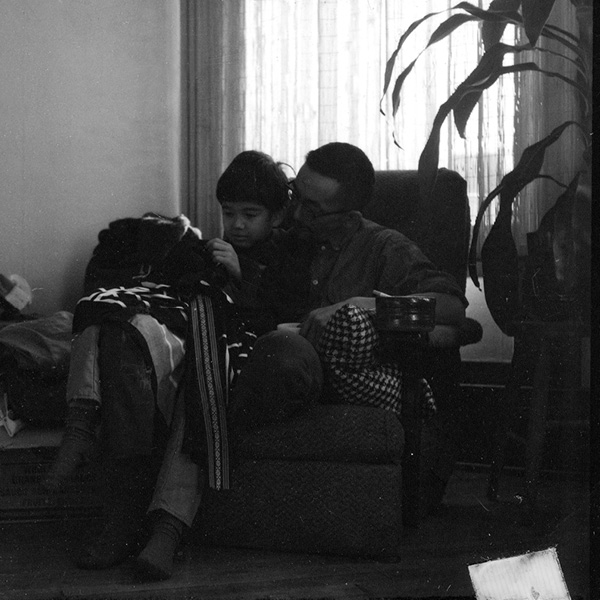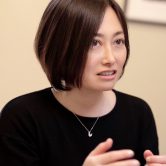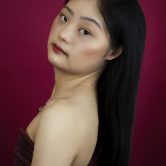
Generation: Nisei
Born 1926, Moose Jaw Saskatchewan
Died 1994
Bio
One of the first Japanese Canadian artists to achieve prominence on a national and international scale, Roy Kiyooka began his art practice as a painter, later turned his focus to poetry and photography, and engaged in a variety of trans-disciplinary, experimental, and community-building work in the Canadian arts scene. A Nisei, Kiyooka was born in Moose Jaw, Saskatchewan in 1926, and grew up mostly in Calgary, spending 1942-1946 in rural Opal, Alberta. He began his art studies in 1946, going on to create mostly large-scale, abstract paintings. He wrote his first book of poetry, Kyoto Airs, in 1963, inspired by a visit to Japan. He continued to write poetry, publishing collections mostly through Coach House Press and self-publishing a number of home-printed chapbooks to distribute to friends, and eventually left painting altogether in favour of poetry, photography, music, and performance art. He taught fine arts at a number of post-secondary institutions, including University of Regina, Vancouver Art School, George Williams, Nova Scotia College of Art and Design, and UBC, and was an important mentor and friend to many artists and poets both within and outside of institutional settings. Kiyooka’s artistic way of moving through life and his way of creating connections among artists is revealed in his astonishing collections of poem-letters to various friends and family, transcanada letters (1975) and the posthumous Pacific Rim Letters.
He passed away unexpectedly in 1994, while working on a book of interviews with his mother, Mothertalk, and assembling his collected poems, Pacific Windows. Both of these were published posthumously with the editorial assistance of close friends and poets, Daphne Marlatt and Roy Miki, respectively. Other notable works include the Hoarfrost series of paintings; his sculpture for the Canadian pavilion at the 1970 Expo in Osaka; the photography and poetry exhibit he created out of his time in Osaka, StoneDGLoves; and the Governor General Award-nominated poetry collection, Pear Tree Pomes. As Bryce Kanbara said in his introduction to the 1994 Directory of Japanese Canadians in the Arts, Kiyooka ‘influenced [Japanese Canadian artists] directly with his otherly perception of things. He also influenced us with the stature of his reputation in Canadian art. More of us should have had a chance to meet him.’
TAGS: Literary Arts Performing Arts Visual Arts| Alberta | Music | Nisei | non-fiction | painting | photography | Poetry | Vancouver




